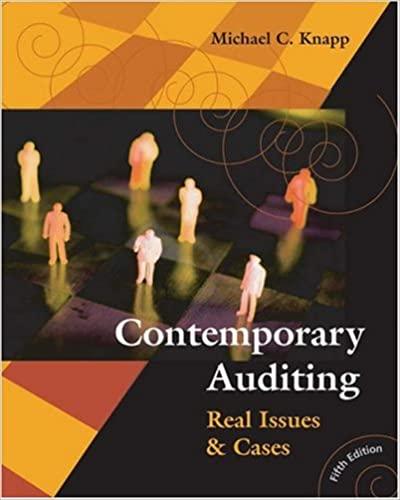Question
13. Under the terms of a divorce agreement entered into in 2018, Kim was to pay her husband Tom $7,000 per month in alimony. Kims
13. Under the terms of a divorce agreement entered into in 2018, Kim was to pay her husband Tom $7,000 per month in alimony. Kims payments will be reduced to $3,000 per month when their
9-year-old son becomes 21. The husband has custody of their son. For a 12-month period, Kim can deduct from gross income (and Tom must include in gross
income):
a. $60,000.
b. $48,000.
c. $36,000.
d. $0.
e. None of these.
14. Ron, age 19, is a full-time graduate student at City University. During 2019, he received the following payments:
Cash award for being the outstanding resident adviser $ 1,500
Resident adviser housing 2,500
State scholarship for ten months (tuition and books) 6,000
State scholarship (meals allowance) 2,400
Loan from college financial aid office 3,000
Cash support from parents 2,000
Total $17,400
Ron served as a resident adviser in a dormitory and, therefore, the university waived the $2,500 charge for the room he occupied. What is Rons adjusted gross income for 2019?
a. $1,500.
b. $3,900.
c. $9,000.
d. $15,400.
e. None of these.
15. A scholarship recipient at State University may exclude from gross income the scholarship proceeds used to pay for:
a. Tuition only.
b. Tuition, books, and supplies.
c. Tuition, books, supplies, meals, and lodging.
d. Meals and lodging.
e. None of these.
16. Which of the following items, if any, is deductible?
a. Parking expenses incurred in connection with jury dutytaxpayer is a dentist.
b. Substantiated gambling losses (not in excess of gambling winnings) from state lottery.
c. Contributions to mayors reelection campaign.
d. Speeding ticket incurred while on business.
e. Premiums paid on personal life insurance policy.
17. In which of the following situations, if any, may the individual not be claimed as a dependent of the taxpayer?
a. A former spouse who lives with the taxpayer (divorce took place last year).
b. A stepmother who does not live with the taxpayer.
c. A married daughter who lives with the taxpayer.
d. A half-brother who does not live with the taxpayer and is a citizen and resident of Honduras.
e. A cousin who lives with the taxpayer.
Step by Step Solution
There are 3 Steps involved in it
Step: 1

Get Instant Access to Expert-Tailored Solutions
See step-by-step solutions with expert insights and AI powered tools for academic success
Step: 2

Step: 3

Ace Your Homework with AI
Get the answers you need in no time with our AI-driven, step-by-step assistance
Get Started


